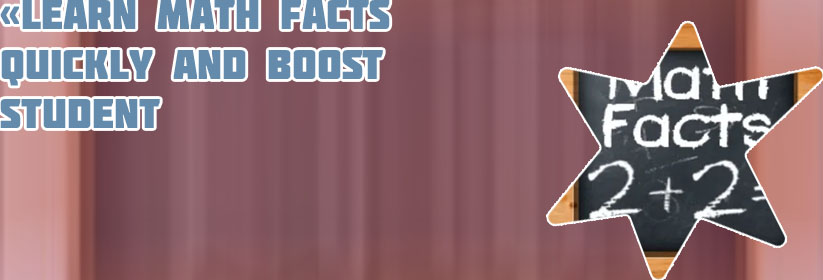
In order to help improve math fact fluency through engaging games, it's important to explore different strategies and resources. Below are three articles that provide valuable insights and tips on how to effectively incorporate math fact fluency games into the learning process.

Math fact fluency is crucial for elementary students to build a strong foundation in mathematics. Research has shown that students who have mastered basic math facts tend to excel in more complex mathematical concepts later on. To help students improve their math fact fluency in a fun and engaging way, there are several games that can be incorporated into the classroom or at home.
One fun game that students can play is "Math Fact Bingo." This game combines the excitement of bingo with math fact practice. Students are given a bingo card with math facts on it, and the teacher or parent calls out the answers. The first student to get a bingo wins a prize, making it a competitive and enjoyable way to practice math facts.
Another popular game is "Math Fact Memory." In this game, students are given a set of cards with math facts on them. The students take turns flipping over two cards at a time, trying to match the math fact with its answer. This game not only helps students practice their math facts but also improves their memory and concentration skills.
"Math Fact War" is a game where students compete head-to-head to see who can solve math facts the fastest. Each student is given a deck of cards with math facts on them, and they take turns flipping over a card and solving the
"Maximizing Math Fact Fluency Through Game-Based Learning" is a comprehensive guide that explores the benefits of using game-based learning to improve math fact fluency in students. The book provides a detailed overview of how games can be an effective tool in helping students develop their math skills in a fun and engaging way.
One of the key strengths of this book is its emphasis on the importance of making learning enjoyable for students. By incorporating games into the classroom, teachers can create a positive learning environment that motivates students to practice their math facts regularly. The book also provides practical strategies and tips for educators on how to effectively integrate game-based learning into their curriculum.
Furthermore, the book highlights the various types of games that can be used to enhance math fact fluency, including digital games, board games, and interactive activities. These different modalities cater to diverse learning styles and preferences, making it easier for teachers to engage all students in the learning process.
Overall, "Maximizing Math Fact Fluency Through Game-Based Learning" is a valuable resource for educators who are looking to enhance their math instruction and promote a love for learning in their students.
Recommendations:
Math fact fluency games are a valuable tool for educators looking to enhance their students' mathematical skills in an engaging and effective way. These games provide numerous benefits in the classroom, helping students develop their fluency with basic math facts while also improving their critical thinking, problem-solving, and decision-making skills. By incorporating fun and interactive games into their lessons, teachers can create a more enjoyable learning environment that keeps students motivated and eager to participate.
One key benefit of using math fact fluency games is that they help students build a strong foundation in math principles. By practicing basic math facts in a game-like setting, students can improve their recall and speed, which are essential for more advanced math concepts. Additionally, these games can help students develop their strategic thinking and decision-making abilities, as they must quickly determine the best approach to solving problems under pressure.
In order to better reveal the content of this article, educators should consider incorporating a variety of math fact fluency games that cater to different learning styles and abilities. Additionally, providing opportunities for students to practice these games regularly and receive feedback on their progress can enhance the effectiveness of using math fact fluency games in the classroom. Lastly, educators should also explore the possibility of integrating technology-based math fact fluency games to further engage students and increase their